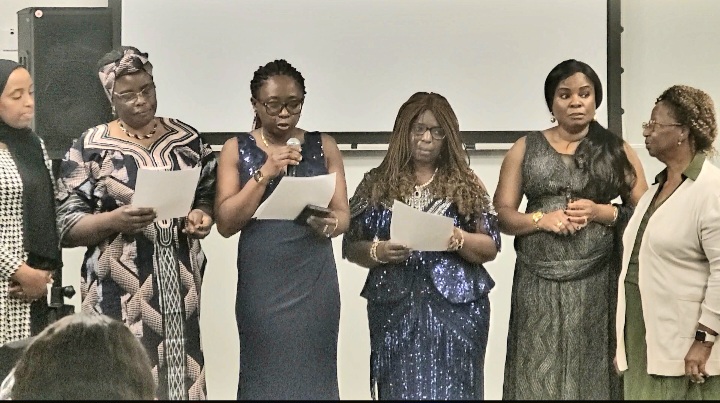Today marks the beginning of a familiar yet often puzzling phenomenon: Daylight Saving Time (DST). For those of us in the diaspora, especially from regions in Africa where the sun shines consistently year-round, it’s a moment to pause and adjust our clocks, both literally and figuratively. Let’s embark on a journey to unravel the mysteries of DST and explore how it connects us to our roots, even as we navigate life in distant lands.
What is DST
In short, DST is when countries adjust their clocks to better use the daylight. This happens twice a year—once to move an hour of daylight from the morning to the evening during the warmer months, and once to shift it back in the cooler months.
Spring Forward: We set our clocks one hour ahead when spring rolls around. This means more daylight in the evenings to enjoy after work or school.
Fall Back: As autumn approaches, we do the opposite by setting our clocks one hour back, bringing daylight earlier in the mornings and marking the return to standard time.
Why Do We Do It?
The idea started with Benjamin Franklin, the whimsical inventor, who first suggested DST in 1784. He wrote an essay proposing this clock-tinkering idea. People loved it, and the dance began! and was later promoted by others to save on candle wax or fuel by making better use of natural daylight. During the world wars, it helped conserve energy, and that practical use stuck around.
In 1907, an Englishman named William Willett campaigned for setting the clock ahead by 80 minutes in four 20-minute moves during April and reversing it in September.
World Wars
World War I: Countries like Australia, Great Britain, Germany, and the United States adopted summer DST to save fuel by reducing artificial light needs.
World War II: Clocks stayed continuously advanced in some countries. The U.S. moved its clocks ahead from February 9, 1942, to September 30, 1945. England even had “double summer time”!
Why Does It Matter?
More Sunlight: DST borrows daylight from the morning and lends it to the evening. Imagine the sun winking at us, saying, “Here’s an extra hour!”
Energy Savings: By syncing our clocks with the sun, we reduce electricity use for lighting and heating.
DST’s Relevance to Africa
Most African countries don’t change their clocks because they’re close to the equator, where daylight remains fairly consistent year-round. However,, some African countries, like Egypt and Morocco, participate in DST. They adjust their clocks just like many other countries worldwide, aiming to save energy and make life a bit more enjoyable with extra evening sunlight.
The Global Dance of Time
For Africans living abroad, adjusting to DST can be a bit of a culture shock. It’s a reminder of the vast differences in how we experience time and nature around the world. But it also unites us in a global effort to make the most of our daylight, conserve energy, and adjust our routines to the rhythm of the earth.
Embracing the Change
Whether you’re in a bustling city overseas or enjoying the tranquillity of an African savanna, DST is a quirky yet fascinating aspect of our globalized world. It’s about saving energy, yes, but it’s also about adjusting our lives to the natural world, even if it means a bit of clock-tweaking twice a year.
Wrapping It Up
So, to my fellow Africans navigating the peculiar dance of Daylight Saving Time abroad, remember: it’s all about making the most of the light we have, wherever we find ourselves. It may seem odd at first, but it’s just another way we adapt and connect with communities across the globe, sharing in a universal rhythm that transcends our diverse homelands.






